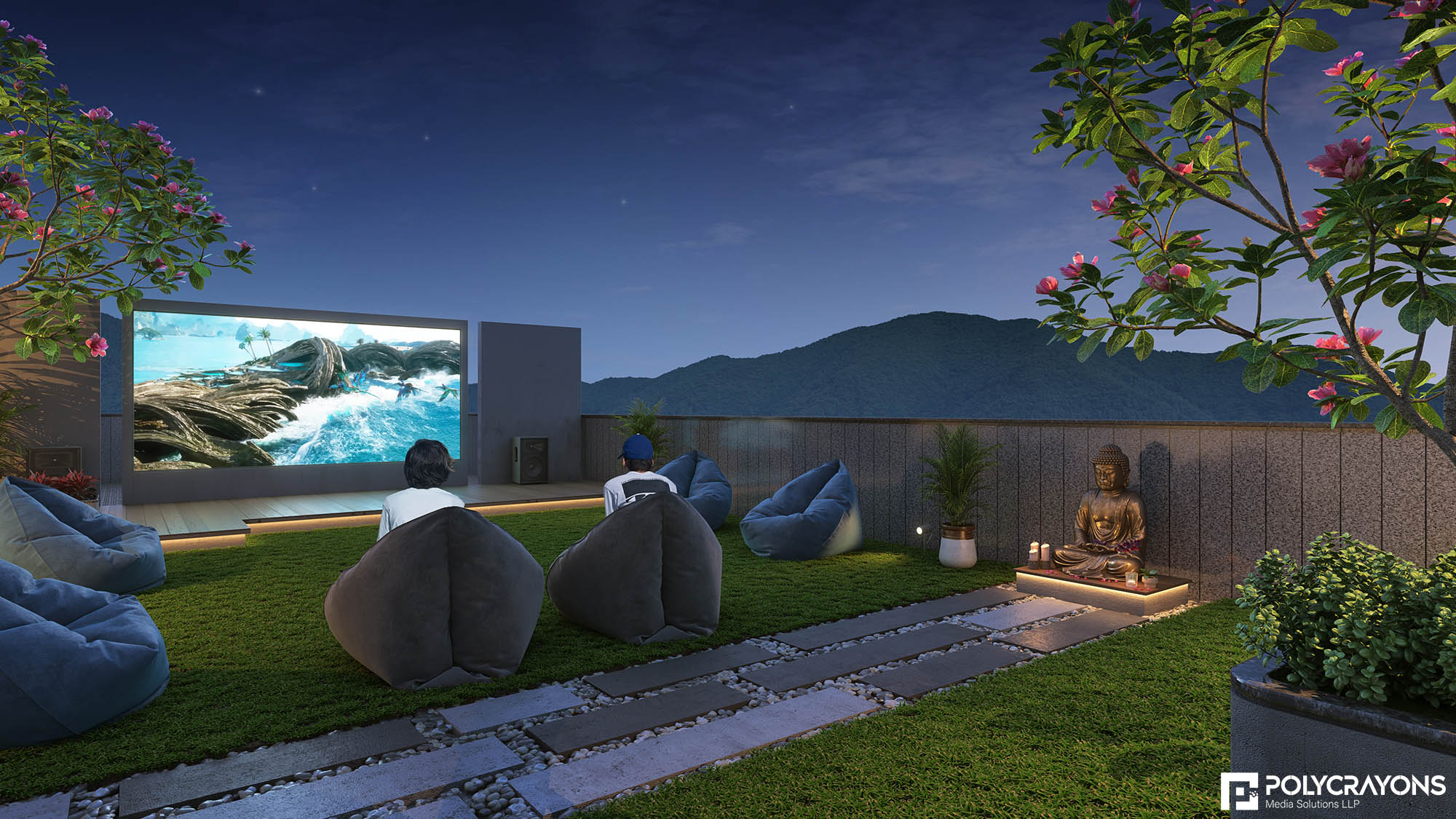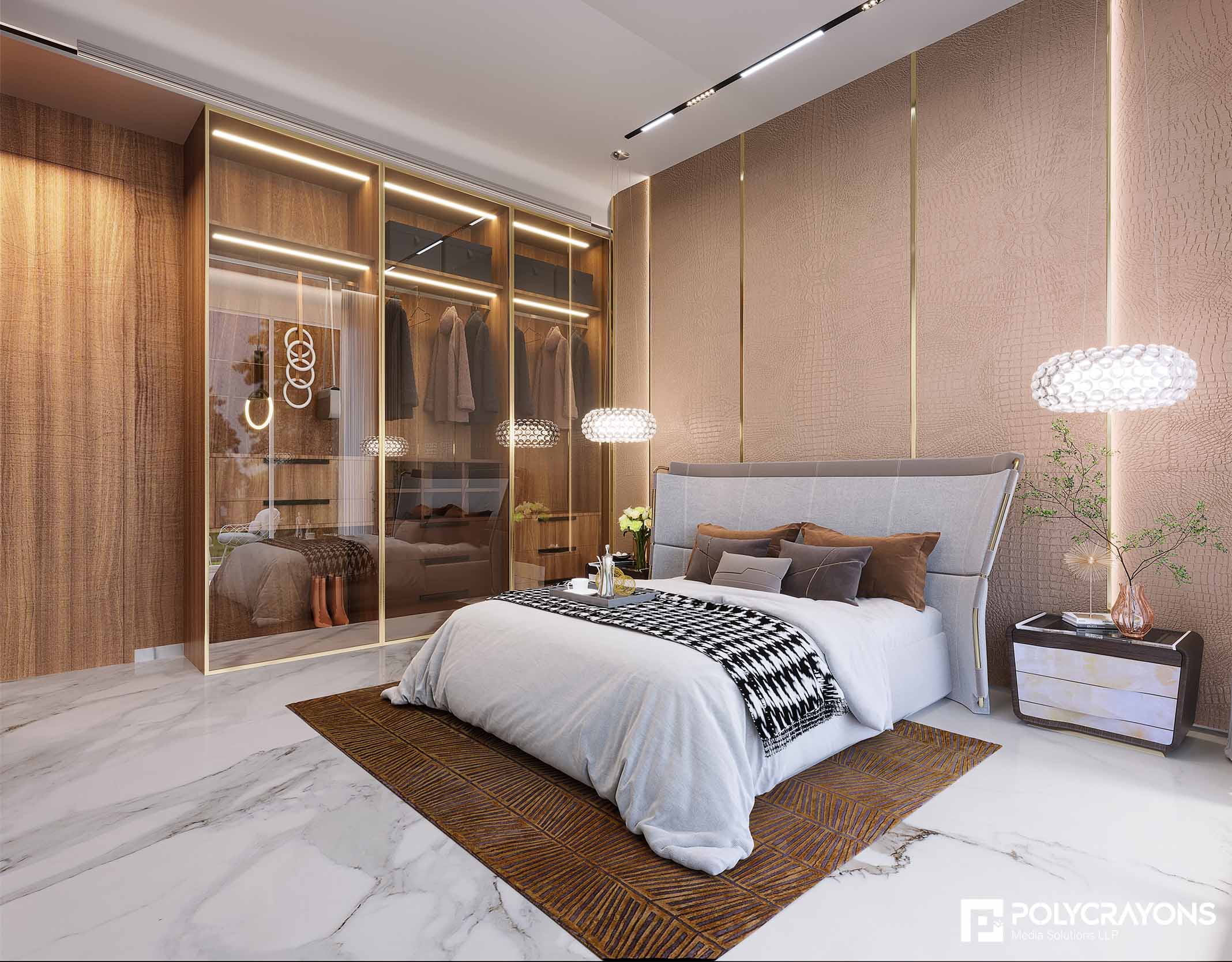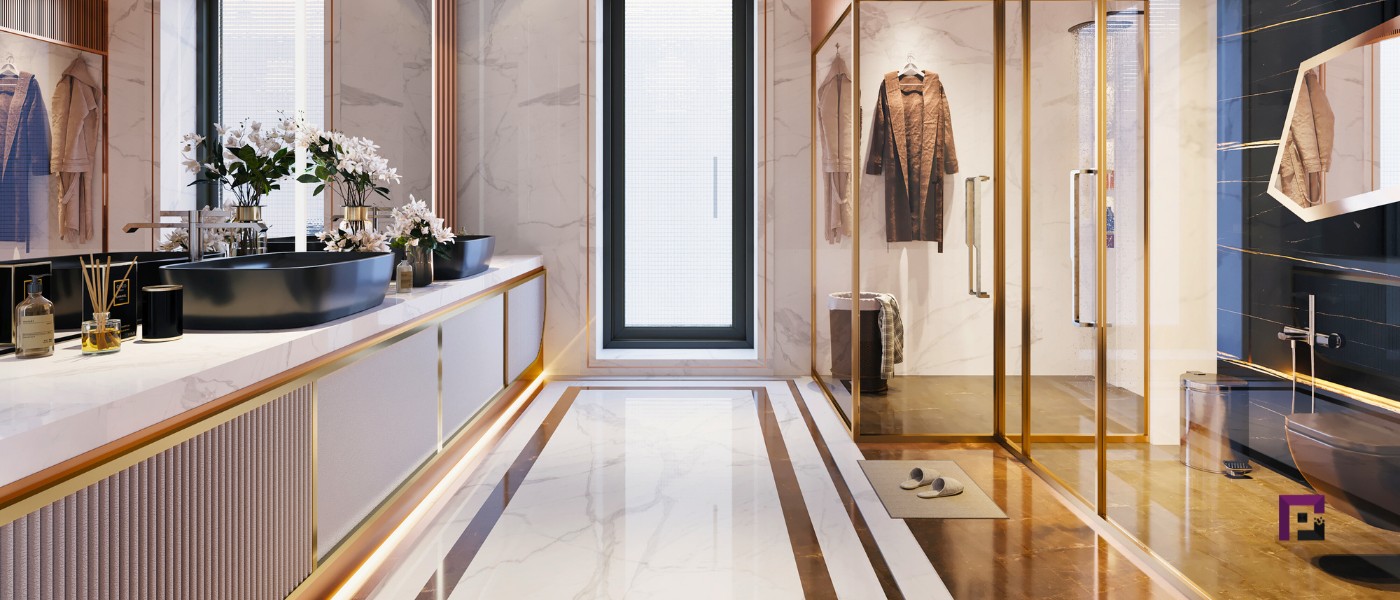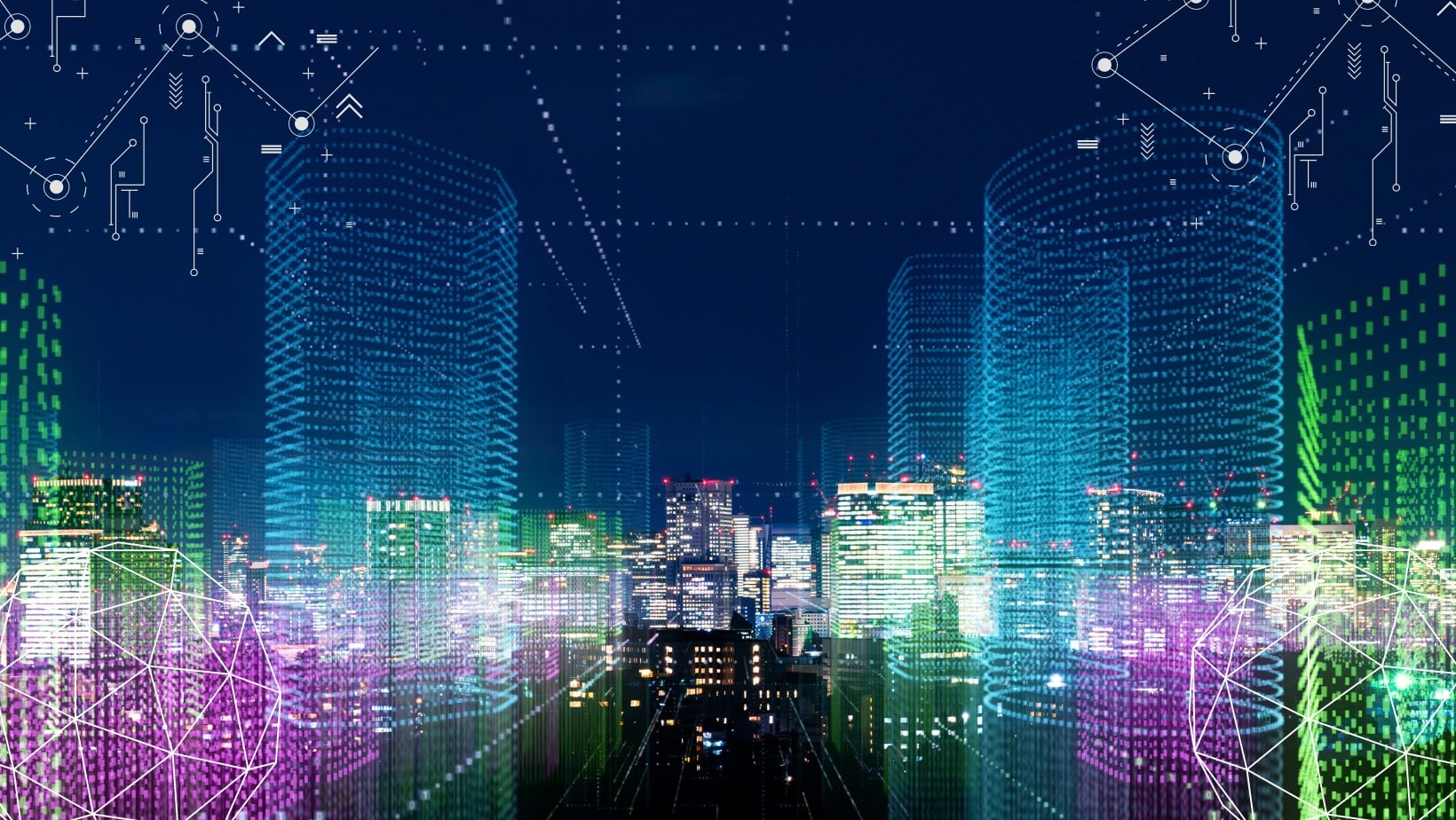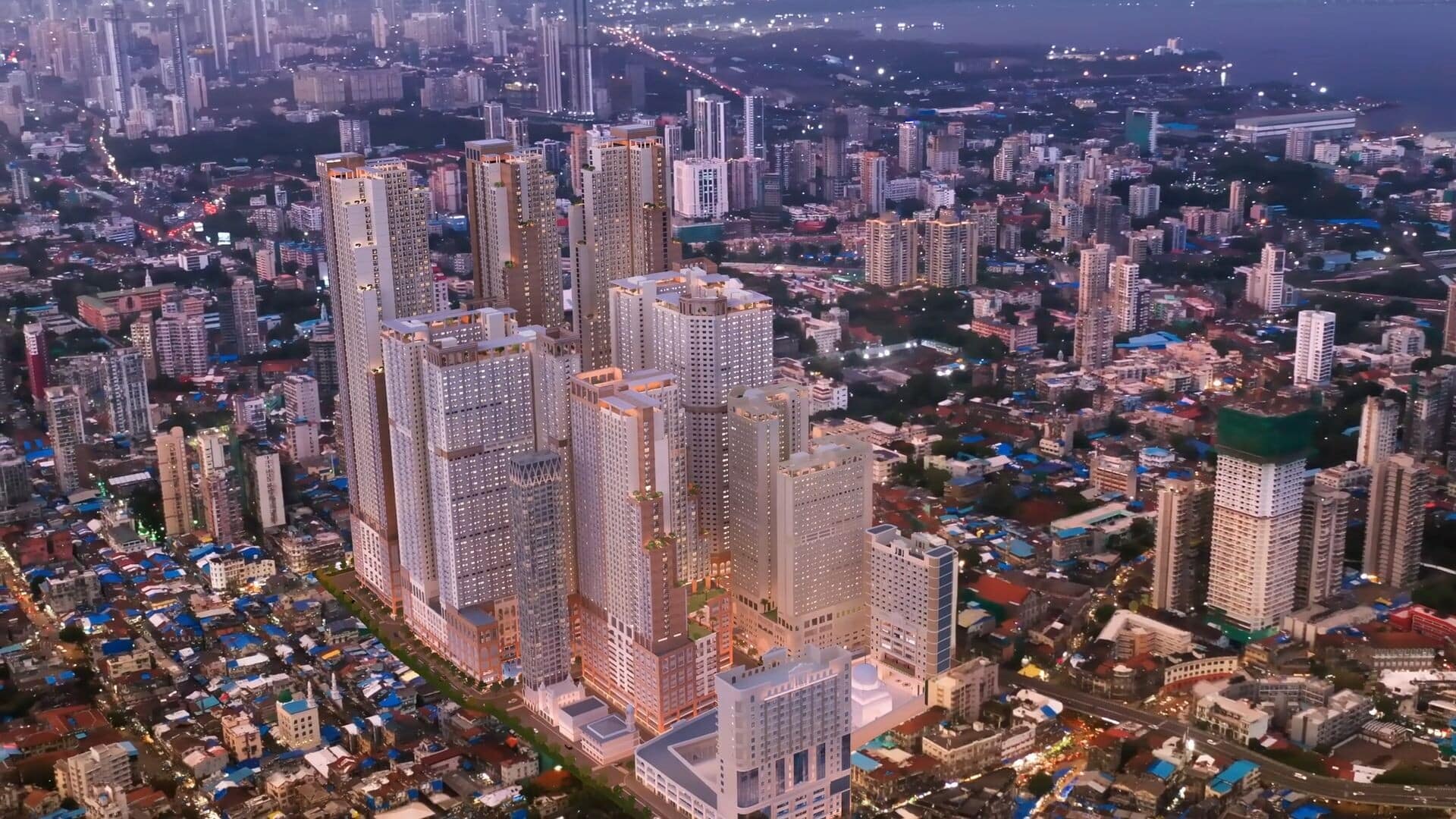3D Walkthroughs Revolutionizing Architectural Design | Polycrayons
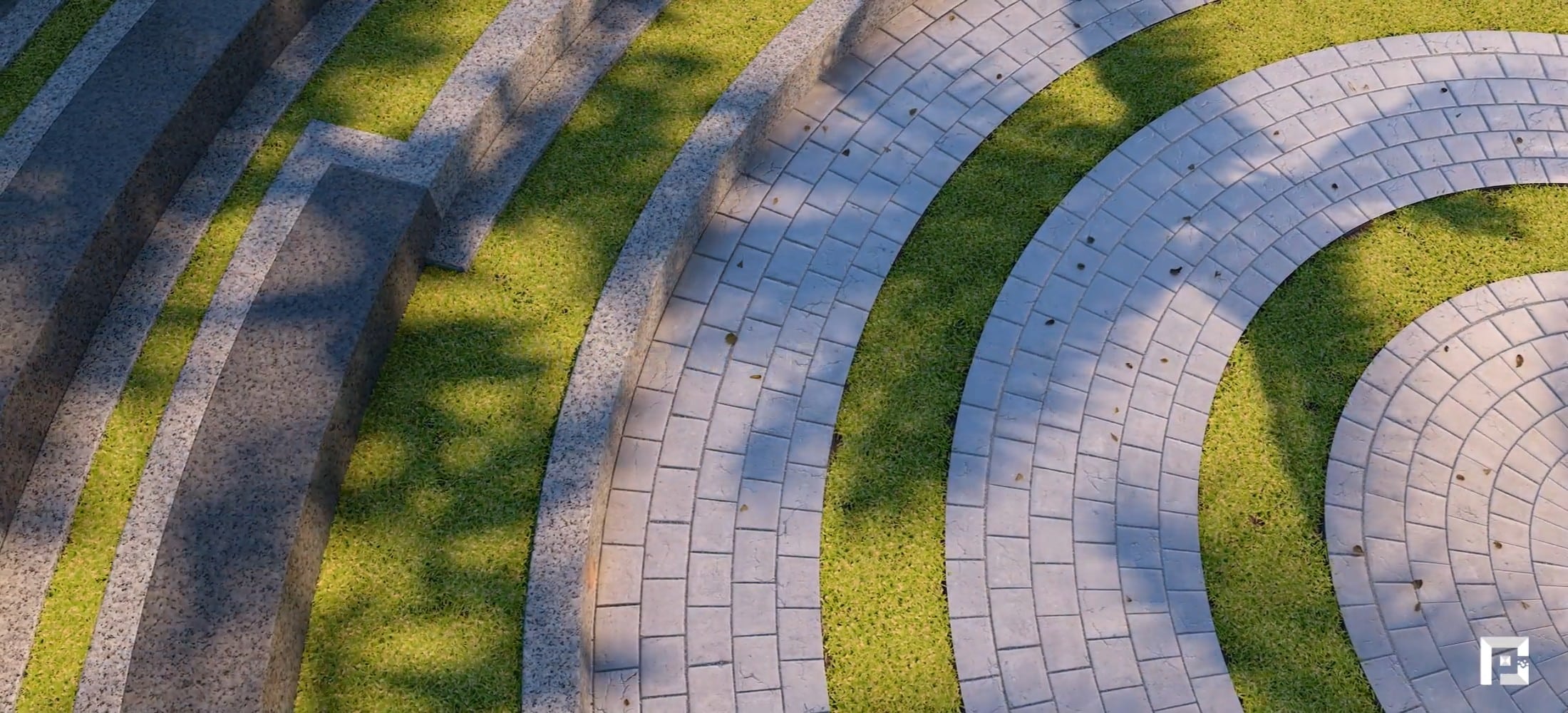
How
3D Walkthroughs Revolutionising Architectural Design | Polycrayons
At Polycrayons, we have witnessed firsthand how 3D walkthroughs have transformed the landscape of architectural design. The days of relying solely on static blueprints and 2D renderings are behind us. Today, 3D walkthroughs allow us to explore building designs in dynamic and immersive ways, fundamentally changing how we create, share, and realize architectural visions.
Traditional Challenges
In our early days at Polycrayons, we, like many others in the field, depended on physical models, sketches, and 2D blueprints. While these methods were essential, they often didn’t capture the full essence of a design. Clients had to imagine how the final structure would look and feel, leading to misunderstandings and sometimes unmet expectations. Additionally, these traditional methods were time-consuming and costly, hindering our ability to make quick, informed decisions.
The Power of 3D Walkthroughs
The introduction of 3D walkthroughs has been a game-changer for us. These digital tours allow us to present our designs as if our clients were walking through the actual space, offering a clear sense of scale, space, and detail. But the benefits of 3D walkthroughs extend beyond just visualisation.
Enhanced Visualisation and Realism
One of the most significant advantages we’ve experienced with 3D walkthroughs is the ability to present designs with stunning realism. Using advanced rendering techniques, we can simulate materials, lighting, and textures with remarkable accuracy. This level of detail helps us convey our vision clearly, ensuring that our clients understand every aspect of the design. They can see how light interacts with spaces, feel the texture of materials, and get a true sense of the layout, making it easier to visualize the final product and reducing misunderstandings.
Better Communication and Collaboration
Effective communication is crucial in any architectural project, and 3D walkthroughs have vastly improved this for us. These tools enable better collaboration between our architects, clients, and other stakeholders by providing a common visual reference. Instead of relying on descriptions or static images, everyone can explore the same virtual space, making discussions and decisions more straightforward. This shared understanding fosters better decision-making and minimises the likelihood of costly revisions down the line.
Faster Design Iteration
The iterative nature of architectural design has benefited immensely from 3D walkthroughs. In the past, making changes to a design could be labor-intensive and time-consuming. Now, with 3D walkthroughs, we can make changes quickly and visualize them instantly. We can experiment with different layouts, materials, and lighting conditions in real-time, presenting multiple options to our clients without significant delays. This flexibility speeds up the design process, allowing for more creative and responsive solutions.
Enhanced Marketing and Client Engagement
For us at Polycrayons, 3D walkthroughs have become powerful marketing tools. They help us create engaging presentations that captivate potential clients and investors. Virtual tours can be shared online, reaching a broader audience and generating interest in projects even before construction begins. This increased engagement not only helps us secure new business but also strengthens our relationships with existing clients by keeping them involved and excited throughout the design process.
Greater Precision and Efficiency in Construction
The benefits of 3D walkthroughs extend beyond design into the construction phase. Detailed virtual models serve as accurate guides for builders, reducing the risk of errors and ensuring that construction closely matches the design. This precision translates into cost savings and improved efficiency on-site. Additionally, potential issues can be identified and addressed in the virtual model before they become real-world problems, further streamlining the construction process.
Supporting Sustainability and Innovation
Sustainability is a growing priority in our projects, and 3D walkthroughs contribute positively in this area. By enabling detailed and accurate planning, these tools help us design buildings that are more energy-efficient and environmentally friendly. We use simulations to study the impact of different design choices on energy consumption, natural lighting, and overall environmental footprint. This capability supports the creation of innovative, sustainable solutions that are both functional and aesthetically pleasing.
Conclusion: A New Era for Architecture
At Polycrayons, we believe that 3D walkthroughs have ushered in a new era in architectural design. By enhancing visualization, improving communication, streamlining design iteration, and increasing construction precision, these tools are revolutionizing how buildings are conceived and brought to life. As technology advances, the capabilities of 3D walkthroughs will continue to expand, opening new horizons for creativity and innovation in architecture.
This digital transformation not only enhances the design process but also enriches the experience for all stakeholders, setting a new standard for excellence in the field. At Polycrayons, we are excited to be at the forefront of this revolution, making architectural dreams more vivid, tangible, and achievable than ever before.
